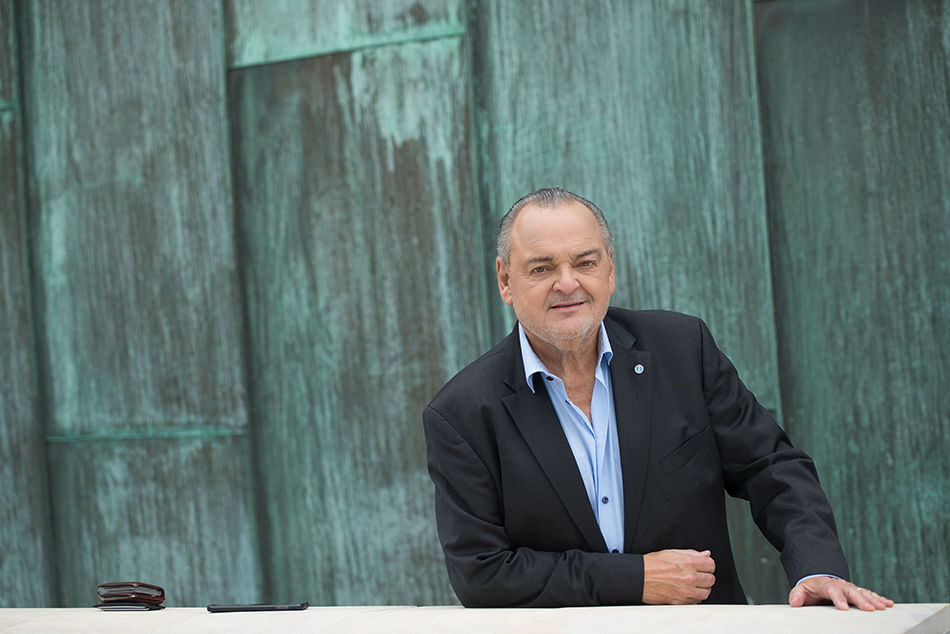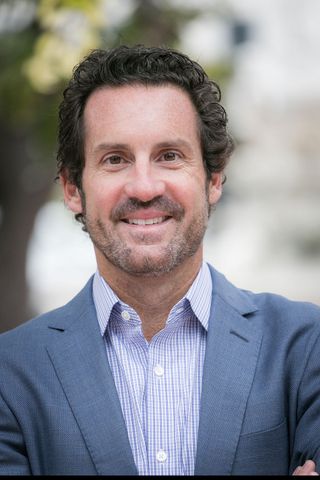Building a Better Tier

Given the size and importance of the Hispanic market today, with scores of networks available via pay TV operators and marketers spending billions on Spanish-language television, it is hard to remember how underdeveloped the market was just 20 years ago in 1999, when Jorge Fitere founded Condista.
While satellite providers were starting to promote tiers of Spanish-language programming, those offerings were relatively new. The cable operators who dominated the pay TV business in the late 1990s generally carried just a handful of Spanish-language stations and networks. With little programming for Hispanic communities, pay TV penetration among Latinos was lower than any other ethnic group.
Fitere and his partner Burke Berendes, who joined Condista in 2002, have spent much of the last 20 years changing the market for Spanish-language programming.
As Condista grew from representing just one channel in 1999 to more than 35 Spanish-language networks today, Fitere and Berendes would help build a vibrant market for Hispanic pay TV programming — efforts that will be honored at the Hispanic Television Summit with the Veinte Award for Achievement in Hispanic Television and Video.
“We are most proud of the fact that the theory we started with has proven correct,” Berendes said. “When we started, not everyone thought that going out on our own to sell these channels to Spanish-language tiers made sense. No one knew if these Spanish-language tiers were going to work in the marketplace and a lot of people doubted whether the tiers would work for distributors and the networks.”
Financed on Plastic
Both executives arrived at Condista with extensive experience in Hispanic television. Fitere had worked with Hispanic broadcasters, helped launch the first Spanish-language basic cable network and worked at Adelphia Communications, where he was instrumental in creating the Miami/Ft. Lauderdale (Florida) Interconnect.
Broadcasting & Cable Newsletter
The smarter way to stay on top of broadcasting and cable industry. Sign up below

Berendes began his career in pay TV in 1994 with Gems, the first Spanish-language network targeted to women. He met Fitere while trying to get distribution for Gems.
“George saw the importance of the market early,” and quickly agreed to add Gems to Adelphia’s South Florida lineup, Berendes recalled. “He was selling pay TV in a market that was 80% Spanish-speaking and he knew they had to have good Spanish-language programming to be successful.”
What Fitere said he lacked when he launched Condista in 1999 was lots of capital. “I stated the business in my house with a small desk and financed by my credit cards.”
Berendes was thinking along similar lines. “Burke said he was moving to California and going to start doing what I | was doing,” Fitere said. “So I said, ‘Instead of competing, why don’t you join me?’ ”
Berendes agreed, joining the company as a partner in 2002. Both men worked from their homes and money remained tight, but their belief in the Spanish-language TV market began to pay off.
“Operators saw that Dish [Network] and DirecTV were successful with their Hispanic tiers that gave you 20 channels for 20 bucks,” Berendes said. “You didn’t have to spend a lot of money to get to the Spanish-language channels.”
In response, Comcast jumped into the market with an aggressive Hispanic strategy; other cable operators followed. “Suddenly you had a cable operator coming into these very big Hispanic markets like San Francisco, Chicago, South Florida,” Berendes said. “They understood that if you wanted to be in the Hispanic market, you need to give [viewers] the content they are interested in, and that was the content we were distributing.”
Meanwhile, Berendes and Fitere were playing a key role in developing the Hispanic pay TV market. “You have to do more than just selling the channels, you have to be selling the market,” Fitere said.
As part of that effort, they introduced an increasingly large lineup of Hispanic channels to the U.S. market, providing operators with high-quality programming from many of the top brands in Spanish-language television from outside the U.S. They also worked with operators to help promote the programming and train call-center workers on how to sell the tiers.
Those efforts to build the market also pushed the company into working with networks on ad sales, business development and programming strategy.
In 2008, Condista hired Willie Hernández to expand internationally by distributing channels into Latin America. That same year, it set up Condista Ad Sales, headed by Javier Prelooker and Augusto Valdez. “The footprint of the Spanish-language networks reached the point where there was a real opportunity to help with ad sales,” Fitere said.
In 2010, Condista also launched an operation to get VOD to distributors and Fitere’s son, Jorge Alberto, joined the company. More recently, it launched Kids Central on Comcast and has worked with Dish to launch Inglés Para Todos, a channel designed to help Hispanics learn English.
The company has also managed to thrive in a pay TV market that has undergone radical changes and consolidation. While cord-cutting has hurt Hispanic-tier subscriber counts at one or two operators, Berendes noted that sub counts for those tiers continue to grow, albeit slowly, at most providers.
Berendes and Fitere also see future potential growth with the virtual MVPDs. Condista already works with Sling TV and Direc-TV Now for Spanish-language programming, but “the Hispanic offerings on most of the virtual MVPDs is very limited,” Berendes said. “That will have to change if they want to be successful.”










